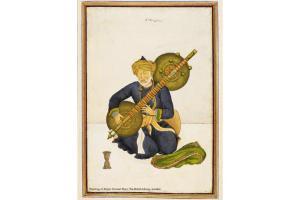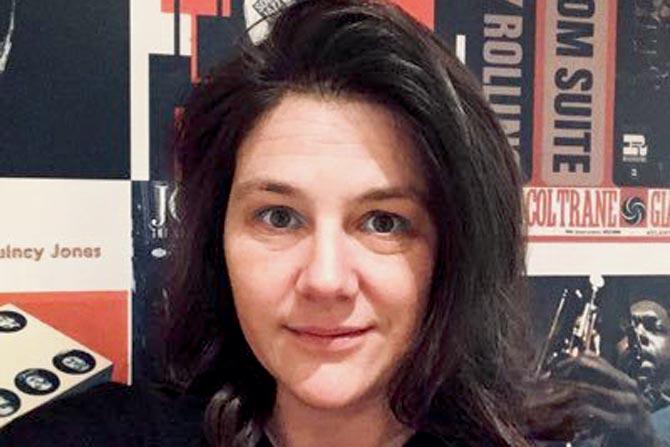In a CSMVS talk this week, a British professor will discuss a musician from the era

A portrait of Miyan Himmat Khan Kalawant
Blind musician Miyan Himmat Khan Kalawant remains enigmatic, but his title Kalawant - exclusively reserved for dhrupad singers and bin players - nonetheless indicates that he belonged to the highest echelons of professional artistes.
Kalawant was a chief hereditary musician to the last Mughal emperors, Akbar Shah and Bahadur Shah Zafar, in the 18th century. Now, a lecture is being organised by the Chhatrapati Shivaji Maharaj Vastu Sangrahalaya (CSMVS) to discuss his music along with the divergence of competing lineages of musical knowledge in Persian, Urdu and English (1790-1850).

Dr Katherine Schofield
The session will be anchored by Dr Katherine Schofield, a music historian and lecturer from King's College London. Dr Schofield, who has visited India multiple times before, says, "We have forgotten all about Kalawant. But his traditions survived the Uprising and are still, maybe, with us today. The talk is also about a wave of writing about musicians and dancers in c.1780-1830s North India. I'll be focusing on the amazing illustrated Inventory of Communities or Tashrih ul Aqwam of James Skinner, which is very much not what it appears to be on the surface. It's a talk full of firaaq and viraaha, with a number of surprises for lovers of late Mughal and Company style painting."
Talking about how the musical culture in late Mughal India was different than today's modern music, she adds, "It was in the late Mughal period that what we now as Hindustani music really coalesced. By about 1830, all the classical song genres were there too - dhrupad, khayal, thumri. The big difference though was societal.
This music was sung and played in courts and aristocratic homes, where there was a 24-hour auspicious function. With the move to the proscenium stage in the later nineteenth century, and the middle classes embracing Victorian ideas about the distribution of time, where leisure time was restricted to evenings and weekends, this had an effect on the time theory of ragas. But the core repertoire and practices of today were all well established by the late Mughal period."
When: December 18, 6 pm onwards
Where: CSMVS, Visitors' centre, Mahatma Gandhi Road, Fort
To register: 22844519
Catch up on all the latest Mumbai news, crime news, current affairs, and also a complete guide on Mumbai from food to things to do and events across the city here. Also download the new mid-day Android and iOS apps to get latest updates
 Subscribe today by clicking the link and stay updated with the latest news!" Click here!
Subscribe today by clicking the link and stay updated with the latest news!" Click here!









